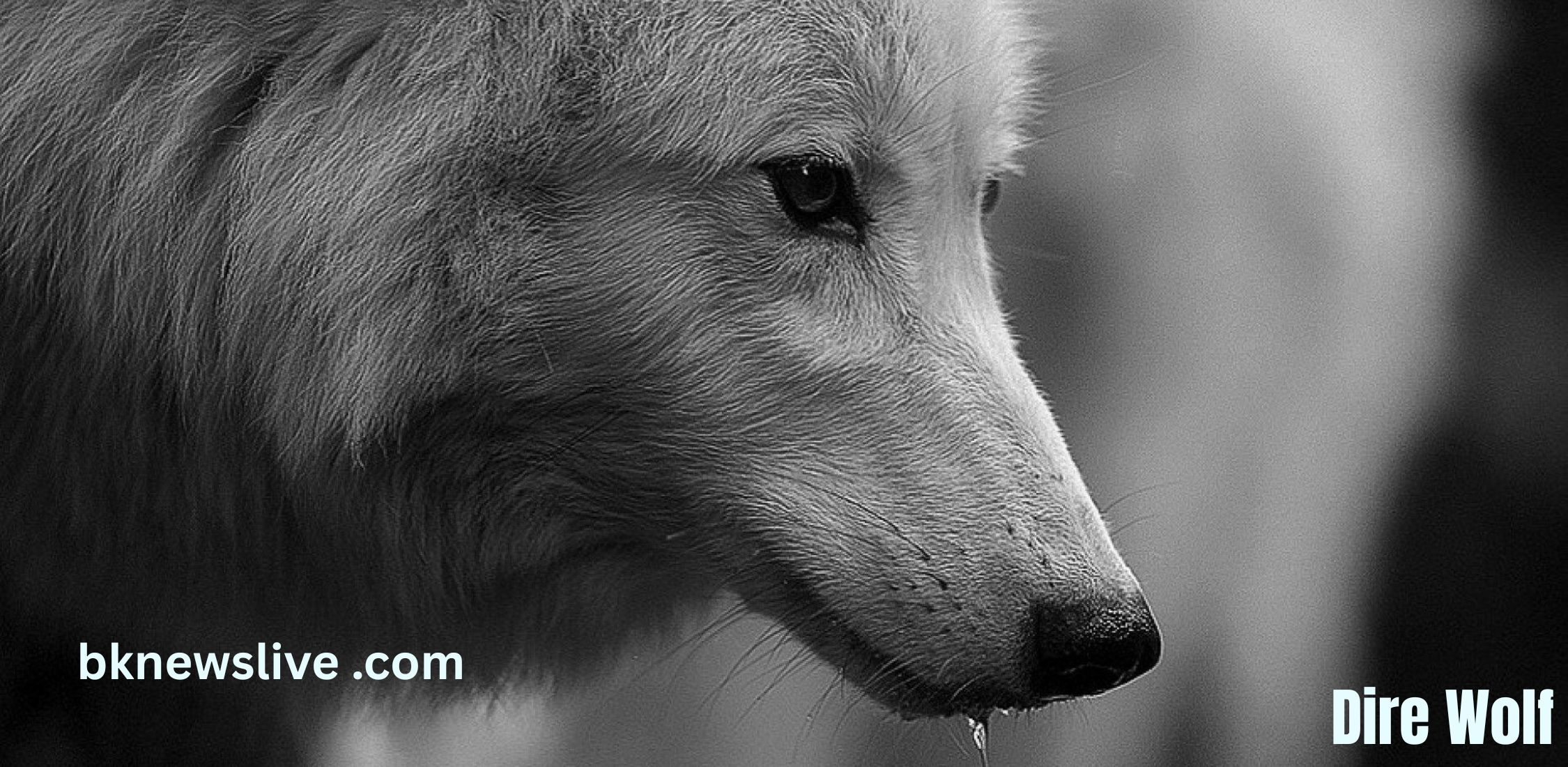Introduction to the Dire Wolf
What is a Dire Wolf?
The dire wolf (Canis dirus) was one of the most formidable predators of the Ice Age. Think of a super-sized gray wolf with bone-crushing jaws and a tougher attitude. It roamed North and South America over 10,000 years ago and has since become the stuff of legends.

Why the Fascination with Dire Wolves?
Why do we care so much about a creature that hasn’t walked the Earth in millennia? Maybe it’s their size. Maybe it’s their mysterious extinction. Or maybe it’s thanks to HBO’s Game of Thrones. Either way, dire wolves have clawed their way into pop culture and scientific intrigue alike.
Evolution and Ancestry
Origins of the Dire Wolf
Dire wolves aren’t just oversized wolves—they’re a completely different species. They evolved separately, likely branching off from other ancient canids around 5 million years ago. Fossils suggest they first appeared in North America before expanding their range southward.
Differences Between Dire Wolves and Modern Wolves
Size and Build Comparison
Dire wolves were massive. They weighed up to 150 pounds or more—about 25% heavier than the average gray wolf. Stockier builds, shorter legs, and heavier skulls made them powerhouses in close combat, ideal for taking down large Ice Age prey.
DNA and Genetic Insights
Recent studies blew minds when they revealed that dire wolves weren’t closely related to gray wolves at all. In fact, they diverged over 5 million years ago and couldn’t even breed with modern wolves or dogs. That’s a huge shift in our understanding.
The Habitat and Range of the Dire Wolf
Where Did Dire Wolves Live?
From Canada to Bolivia, dire wolves were all over the place. But they seemed to really love what we now call the United States, especially places like California, Texas, and Florida—fossil goldmines.

Climate and Environmental Conditions
They thrived during the Pleistocene Epoch when mammoths, saber-toothed cats, and giant sloths ruled the land. Cold, open plains and dense forests gave them the perfect combo of hunting grounds and shelter.
Behavior and Lifestyle
Social Structure of Packs
Like today’s wolves, dire wolves probably lived and hunted in packs. Fossil sites show multiple individuals found together, suggesting tight-knit social groups—sort of like prehistoric wolf gangs.
Hunting Techniques and Diet
Prey Animals of the Ice Age
These predators didn’t snack on rabbits. Dire wolves hunted big game—bison, horses, camels, even young mammoths. They used their numbers and brute strength to overpower prey.
Evidence from Fossilized Bones
Many dire wolf fossils show signs of healed injuries—broken bones, cracked teeth. That tells us they took risks, fought hard, and survived long enough to recover—true survivors of their time.
Dire Wolves in Pop Culture
Game of Thrones and the Rise of the Dire Wolf
You can’t talk about dire wolves without mentioning Game of Thrones. The Stark family’s dire wolf companions brought these ancient beasts roaring back into public imagination, even if they were, well, a bit larger than reality.
Myths vs Reality in Modern Media
Spoiler: dire wolves weren’t horse-sized. Nor were they loyal fantasy pets. While the show helped popularize them, real-life dire wolves were wild, rugged carnivores—not magical companions.
Extinction of the Dire Wolf
When Did Dire Wolves Go Extinct?
Roughly 10,000 years ago, dire wolves vanished, right around the end of the last Ice Age. One moment they were top dogs; the next, they were fossils.
Theories Behind Their Extinction
Competition with Other Predators
As ecosystems changed, gray wolves, with their adaptability and sleeker builds, may have outcompeted their dire cousins. Coyote populations also exploded.
Impact of Human Arrival
The rise of early humans likely played a role too. Humans hunted the same prey and may have targeted dire wolves directly. Less food, more competition—bad combo.
Dire Wolves and Cryptozoology
Modern Sightings and Urban Legends
Big, wolf-like creatures are still reported in rural parts of North America. Are they dire wolves? Almost certainly not. But the legend lives on.
Is There Any Truth to the Stories?
While it’s fun to imagine, science says dire wolves are extinct. Still, the idea that a few might be lurking out there keeps the imagination alive—and horror writers happy.
Conclusion
The dire wolf was a fierce, mysterious predator that captured the imagination of scientists and storytellers alike. From ancient fossils to pop culture icons, their legacy is alive and well. Though they vanished over 10,000 years ago, we’re still unraveling their secrets today. And who knows? With science evolving and stories being told, the dire wolf might never really be gone.

















